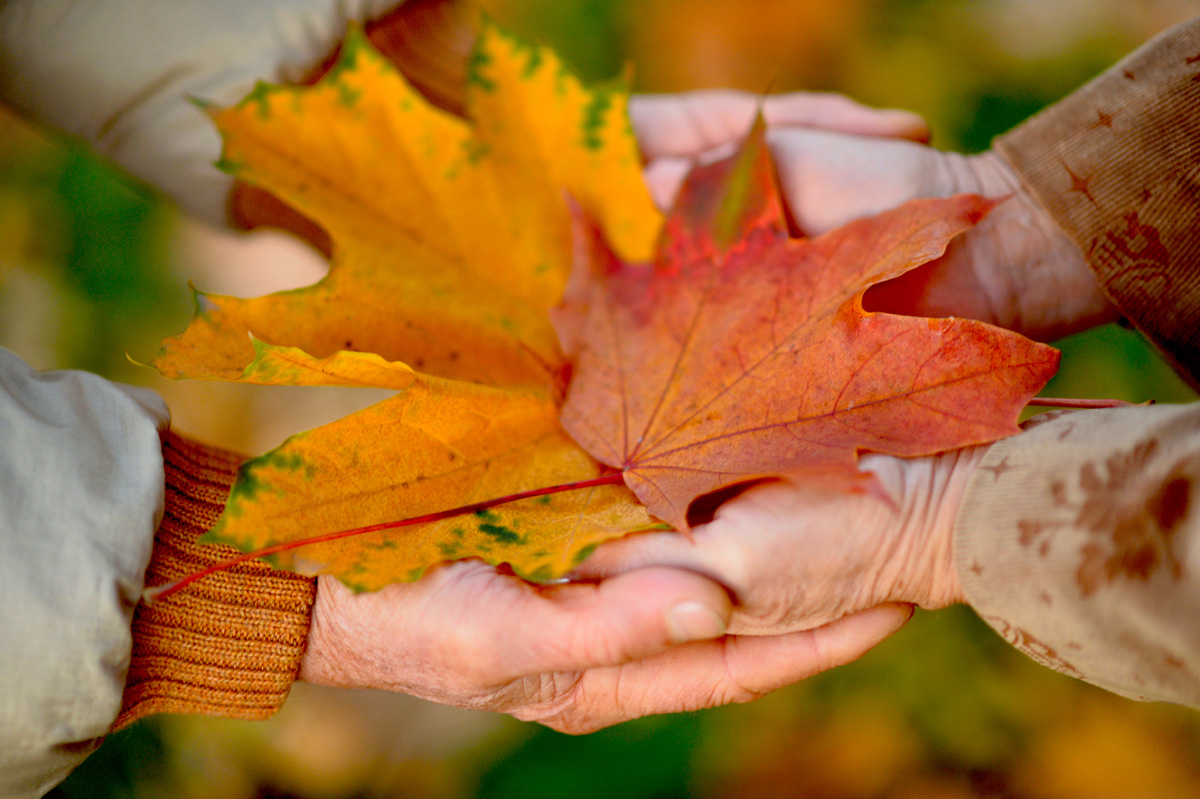End-of-Life Spiritual Care
End-of-life is still LIFE, until it isn’t. It is my understanding that we have the life we know until our physical body no longer supports us. This can happen progressively, suddenly without warning, or in waves of ups and downs that eventually trend toward the downs. It can trigger fear, anxiety, and despair to perceive decline of health and loss of self.
We also naturally have increasingly greater potential for reflection, integration, and growth in the human spirit. Nearing end-of-life we have a particular focused opportunity to nurture and connect with the non-physical parts of ourselves. See Spiritual Care.
Spiritual Care through our aging, illness, and end-of-life is important for the well-being we need in order to discern truth for ourselves and navigate through the unknown of transitions and transformation. As an interfaith chaplain I respectfully and joyfully embrace each individual’s wellspring of potential from their uniquely personal belief system, life path, or religion. It is from this source that trust, meaning-making, and hope springs forth.
I am a community-based interfaith chaplain who works with the dying, their families, and team of carers. I can serve as an independent spiritual care coach, as an advocate within a system, or as part of a coordinated palliative or hospice care team. I come to private residences, facilities, and institutions of the Mid-Hudson Valley. People call me directly when they are planning for their own dying. And, I am also called by members of the family or healthcare proxy, medical providers, hospice team coordinators, social workers, community service agents, or personal clergy. See Services.
For families and friends at a long distance away from of the Mid-Hudson Valley area where their loved one may be dying, I also offer Peace of Mind care via video conferencing and phone contact. I establish a trusted local presence for the one dying while staying in close connection with their family and friends who are not able to be at bedside.
End-of-Life Potential
End-of-life begins before we were born, in a continuum of natural cycles. Yet, in American culture the idea of aging, illness, and dying have been portrayed as failures––as if there is no value or nothing to learn through; or, as things to avoid, as if we could.
In my spiritual care service, I have frequently witnessed something very different, and deeply profound. In being alongside over one hundred people who have lived until they couldn’t, I have seen people grow in integration, expansion, and connection to the wellspring of their being. I have seen family bonds clarified and strengthened. I have heard stories shared and embedded into children’s hearts. For some, new awakenings to a spiritual self are realized. For others, it is a return home to a long-forgotten or beloved self. It is the realization of personal truths and one’s spirit expressed as vividly and as uniquely as each brilliantly colored autumn leaf.
End-of-Life Limitations
Frequently I am called by the dying, their loved ones, or the care team when there is confusion, conflict, or when the communication between the dying and their loved ones is shallow, hurtful, or unproductive. They may find it hard to know what to say when someone is sharing at a deeper level about their feelings or beliefs––so nothing is said or they move to upbeat, positive distraction takes away an opportunity for closeness or healing. Sometimes loved ones and carers assert their own values, beliefs, opinions, and ideas––so they say too much or discount the significant wishes of the dying or other family members. Many times carers are just exhausted, confused, or conflicted.
Sometimes professional and personal carers place their focus solely on curative measures and feel like failures, or useless, in the face of pending natural death. People often find it easier to focus on the medical statistics and the monitors than the feelings that demand attention. This creates distance between all and can leave the dying feeling abandoned, more isolated, and unsafe when they are most vulnerable and in greatest need of compassionate, competent care.
Sometimes an individual’s belief system no longer rings true or is unable to fill the chasm of current need. Sometimes the desire for a medical cure, the demand for a miracle, or denial of clear indications can cloud judgment and delay critical decisions. Questions, fears, and worries arise that can be put at ease through loving attention, relevant information, and trust. Suffering is often relieved through clear communication with all carers and through the grace of this ultimate creative process.
Spiritual care assessment identifies limitations and compassionately, skillfully facilitates transition and transformation of all involved toward the most generative passage. Please also see Palliative Spiritual Care, especially if you hear comments that may indicate Spiritual, Emotional, or Existential Crises.
Recognize Dying as Special
Often I am called upon when people want to make sure the end-of-life is revered with the sacred, according to what is sacred to them in their belief system. This is sometimes religious and sometimes not. Simple to elaborate rituals and traditions can be drawn from, according to the wishes of the dying. Families, friends, care team, and community are supported in giving of themselves what they can and gaining gifts of healing, love, and closure. Please see information about my services as Thanadoula: Transition Coach for End-of-Life.
Support Dying with Ease and Relationship-Based Care
Integrative Healing Arts at end-of-life provide comfort and connection, through gentle breathwork and bio-field energy rebalancing. And, powerful essential oils, resonating or rhythmic sounds, and bedside singing can stimulate relaxation and create an atmosphere of reverence, healing, or even playfulness and wonder if that is what arises. The dying one sets the tone and the pace. Please see Integrative Healing Arts.
Conscious, heart-sourced communication is essential. People often ask me how to communicate with a dying person. Here a few basic suggestions:
- Establish presence; eliminate distractions
- Remember, it is their journey, not yours
- Limit your visit time and don’t insist on acceptance
- Allow expressions of guilt or anger by the dying, without trying to fix
- Discuss alternatives and address unfinished business
- Encourage reminiscing; express your regard
- Allow expression that may differ from your reality; don’t correct, reassure
- Talk with the individual when she/he wants as their energy and interest allows
- Be curious, compassionate, creative, and courageous






Please Connect with me to schedule an introductory consultation or book a session.




